[Originally written for and posted on BodhiCommons.org]

Sreekumar-Sreevisakh theater complex in Trivandrum is arguably the nerve center of Malayalam cinema. It is less known for Yehudi Menuhin performing his violin there, than for the rising and falling fortunes in Malayalam film industry. Once upon a time a haven for English movies, the twin theatres were Mohanlal’s bastion by the time yours truly was of movie going age. Since then the theatres have chronicled the rise of stars notably Dileep, and many production houses. A Sreekumar release in the festival season is a sure indicator of entry into the elite club of Malayalam cinema. One can sense a hidden glass ceiling between movies that release in SL Theatre complex or the Kairali-Sri complex vis-Ã -vis a movie that releases in Sreekumar. It is more often than not that a movie releasing in Sreekumar as opposed to these second rung theatres opens to spectacular fanfare and rides the celebration onto being a hit, a super hit, or even hit the elusive holy grail of blockbuster status. I have never seen a Kalabhavan Mani movie release in Sreekumar. Then you have to believe me when I say there are Kalabhavan Mani movies.

Watching Malayalam cinema from down below
The blockbusters movies are unique propositions from a larger cultural perspective. These are celebrated movies which literally influence culture, spoken language, buying patterns, and even food habits, while at a more subtle level are entertaining reflections of what we think our main stream culture is. So when I say a “malayalam blockbuster”, I expect it to reflect what Malayalam is, to represent the malayali mainstream, or at least what we think malayali mainstream is. A movie becomes a blockbuster when a significant majority of people watch it, and decide that this movie entertains them more compared to all other movies. Hence a blockbuster is an essentially democratic example of what entertains the majority of the population.
The Stats of Kerala
Now let’s take a look at how the population looks like. The haves and have-nots classification and whose story movies focus on is a question beaten to untimely death long back. It is understandable that we do not want to see poverty in our movies, especially in our blockbusters. So I chose religion and caste as a measure to look at the movies we have celebrated over the past twenty years. I understand that many of you hate caste. Even I try to do that in public, but believe me when I say this is a very private conversation.
This is how the Kerala society looks like ““
On religious lines ““ Hindu (55%), Muslim (27%), Christian (18%) Hindus on caste lines ““ Ezhava (23%), Nair (13%), SC & ST (10%), Other Hindu (9%)
So approximately, from an identity standpoint,
Muslim (27%) + Ezhava (23%) = 50%
SC & ST and Other OBC = 18%
Christian = 18% (12%-6% Forward-Backward divide)
Nair = 13%
Other Forward Caste Hindus = 2%To summarize, Muslims and Ezhavas constitute 50% of the population, other backward castes constitute 25%, Nairs, Other Hindus, and Upper Caste Christians constitute 25%.
Now for the blockbusters from the past 22 years – 1988 – Chitram , 1989 – Ramjirao Speaking , 1990 – His Highness Abdulla , 1991 – Godfather , 1992 – Pappayude Swantham Appose , 1993 – Manichitrathazhu , 1994 – Commisioner , 1995 – Spadikam , 1996 – Hitler , 1997 – Aaram Thampuran , 1998 – HariKrishnans , 1999 – Friends , 2000 – Narasimham , 2001 – Raavnaprabhu , 2002 – Meesamadhavan , 2003 – Chronic Bachelor , 2004 – Sethuramaiyer CBI , 2005 – Rajamanikyam , 2006 – Classmates , 2007 – Kadha Parayumbol , 2008 – Twenty:20 , 2009 – Pazhassi Raja.
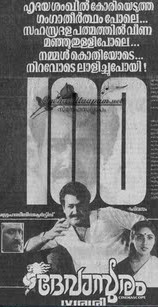
A couple of observations from the blockbuster list, 21 out of 22 movies have a Hindu family setting (except Spadikam), 18 out of 22 have a Upper caste Hindu lead, and except for doubts around Kadha Parayumbol and Classmates rest all fall into an easy analysis through plot or dialogue snippets. Not one movie out of the 22 have a Muslim lead (open to discussion on Abdullah), and not one story except Kadha Parayumbol and Classmates verge out of the Upper Caste Hindu/Christian setting. The question that arises here is don’t 75% of malayalis have a story to tell? Are their stories and family settings not worth celebrating as a blockbuster? Yes we always have a dressing of secularism in these movies. Even in classic celebrations of hindu idolation like Ravana Prabhu and Aaram Thampuran there is a side kick (played by the same actor with a Malabar accent) who cries out “Allah” once in a while or delivers cash in sacks for revitalizing a hindu festival. I agree that it is true secularism when a muslim delivers cash in sacks for a hindu festival, but I cannot help wonder why our directors cannot focus cameras into the life of 75% of our people, or when they do, why more than 75% of us refuse to watch those movies.
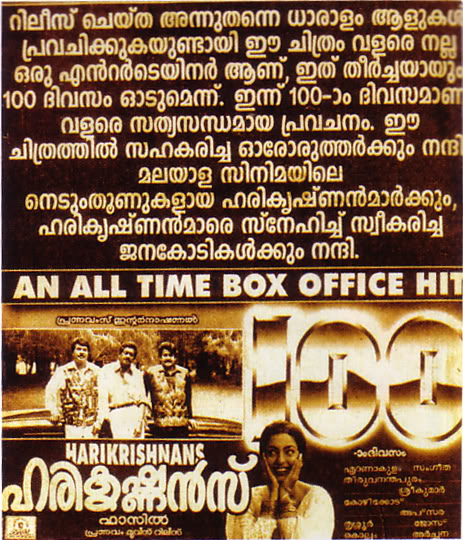
Colonizing mind spaces
When a small subset of highly empowered people tries to influence a larger less empowered people, in medical terms it is called cancer, and in cultural terms it is called colonization. I am not radical enough to call it cancer, nor absurd enough to call for a surgical removal. Let’s stick with colonization. What is happening in malayalam cinema’s mind space over the last two decades is a colonization of sorts. A small minority of highly empowered technicians and creative artists, along with charismatic stars have focused on a small minority of people, focusing on how this small minority’s families are, their language, their customs, their food, their small and large houses, and the holy remnants of their once dark feudal past. The movies produced through this formulaic process preaches to the vast majority about how their families should be, how their religion and customs should be, how their language and dialect should be, what their aspirations should be, and most importantly shows their current standing in the mainstream ““ most of them are sidekicks or villains, and the unfortunate few are terrorists (that is if the production house has budget enough for a bomb explosion).
There are two paths to understand this colonization of the mind space. First is to look at the source of production, and second to look at the source of consumption. At the source of production lie two powerful cinema schools. The Priyadarshan school and the Ranjith school. At the source of consumption is us ““ the post 1980s generation.
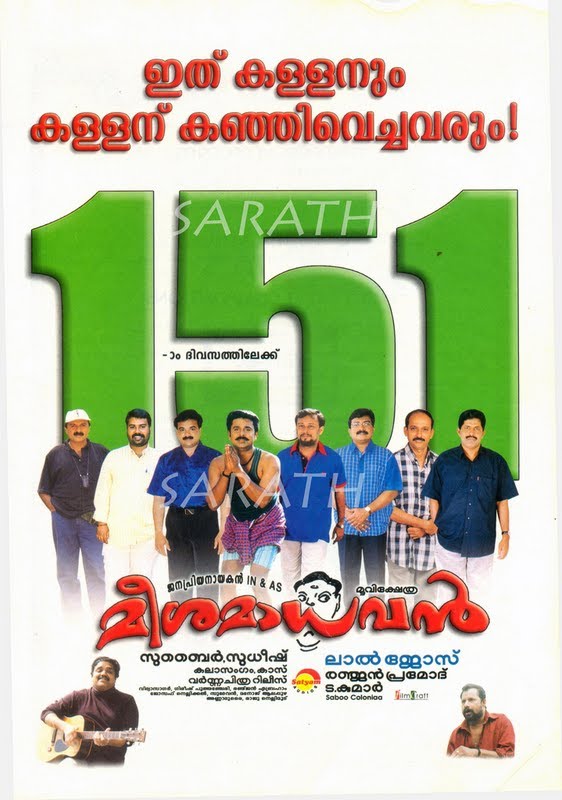
Schools of Malayalam mainstream cinema
Most of the movies in the blockbuster space can be attributed to one of the above schools in malayalam cinema. The Priyadarshan school inherited by Siddique-Lal and Shafi, closely follows Priyadarshan’s early attitude towards inclusiveness. A good example is the movie “Aryan” where Mohanlal’s character (a hindu Brahmin) tells Srinivasan’s character that the idea behind the poem “ËœVazhakula’ is outdated. That the upper castes are at the receiving end now, and then Mohanlal’s character walks out. That was a wrong assertion, not supported by facts even of the weirdest kinds, but generations of movie goers would have watched that scene and walked away thinking that to be true. There are hundreds of such assertions one can find in malayalam cinema of the last 15-20 years, and while characters are fictional and semblance is coincidental, these assertions are deliberate.
The Ranjith School brought back the classic Nair symbols, the ones that even Nairs thought were dead, back into business. These symbols were killed forty years back, and were mostly shown as examples of decay and superstition till Ranjith entered the arena with “ËœDevasuram’. Symbols including – “Tharavadu”, “Parambaryam”, “Tharavattu Mahima”, “Uthsavam”, “Aaana”, “Manthram”, “Thampuran”, “Prabhu”, “Pramani”, “Madambi”, “Chaththan”, “Marutha”, “Homam”, “Thekkini”, “Vadakkini”, “Govani”, “Kindi”, “ammomma”, “appoopan” came into malayali mainstream in less than half a decade.
To cite just one example, Ranjith School has inspired a host of movies in the past decade where large “tharavadu” fight with one another to conduct an “uthsavam”. Take a look at movies from 1960-1980, and I cannot forsee seeing many movies around the “tharavadu” or “uthsavam” theme. While Ranjith single handedly managed to create much damage, B.Unnikrishnan exemplifies the feudal Nair style, while Ranji Panicker borrows the anti-minority angle in most of his movies. Ranjith is arguably the best living director in malayalam cinema, but his early forays created an undesirable galaxy of popular symbols which neither are progressive nor have substance. We can argue on nostalgia, but whose nostalgia are we arguing on.
The caste of the directors in question is also of significance. A significant majority of malayalam’s blockbuster directors are from the 25% minority I talked about above. It is quite natural that these directors speak the case they know, because otherwise it would look weird like Kafka writing on America or Shaji Kailas trying to make Ali Bhai. The education of malayalam audience by these two powerful schools have precluded the possibility of production houses or distributors venturing into something radically different. At times when they do there is always the all powerful consumers. The popular box-office most often than not desires movies in the groove created by these two schools. That chucks the buck into our side of the court.
We the watching
The post-1980s generation, referred here as “Ëœus’, are a unique lot. Our generation never had a serious unemployment crisis, a serious threat to our democracy as in 1975, or a serious war as in 1971. This in turn did not put us in vulnerable positions where we had to choose an ideology to stay afloat or make better sense of the world. We have spent most of our lives in a society where “Manmohanomics” have meant a good life for a good many of us. The primary principle of a “Manmohanomic” society is that be it voting against Iran or building new highways, you do not worry about principles but about the benefits. It is surprising that it makes sense to us, while a good number of people in our previous generations would have scoffed at the very idea of living without ideologies. We wouldn’t sell our sisters yet, whatever be the benefit – that is one of our last surviving ideologies. Another 20 years of Manmohanomics could do the trick, but then we would scoff at that generation.
Three formative news events of our lifetime came early in the 1990s – the collapse of Soviet Union and the liberalization of Indian economy, the mandal quakes which spread naked the fault lines within us with livid images like Rajiv Goswami burning, and the masjid coming down and the painful rise of the Indian terrorist. These events, each of them made the high earning, high spending, mostly upper caste Indian middle class redefine the way we approach the story of the human being right next to us. A classic example is the way we treat the “Polandine kurichu nee oraksharam mindaruthu” line from Sandhesham. Sreenivasan’s character tries to make the case saying human struggle is the same everywhere, but somehow it misses our collective consciousness.
We cannot imagine our country as a third world spokesperson as in the times of Nehru-Indira, despite having the highest number of poor people in the world. This shift also resulted in the much vocal consumer class in Kerala redefining what they accepted as their own story. In a very swift time frame, the Pajeros and Audis that Mohanlal drive around in his movies became our story despite the cruel hand of the much constant per capita income, and stories of the dalits and the muslims and the socially marginalized became foreign to us ““ some of us sometimes visit those foreign concepts in film festivals. This selective alienation of stories that were part of us, and a collective exodus to the stories around the not-even-rich consumerist class could eventually deliver us into the hands of a situation they speak about in the movie Fight Club, when the things that you own start to own you, and around you is a wasteland of values. When a society’s biggest dream is an eight lane highway where it can further enhance its addiction to imported oil, it might soon find itself in the midst of other societies that forsake ideology ““ in a wasteland of values.
Couldn’t put it better than Piyush Mishra in Gulaal, Aaj ka launda yeh kehta hum to bismil thak gaye Apni aazaadi to bhaiya laundiya ke dil mein hai
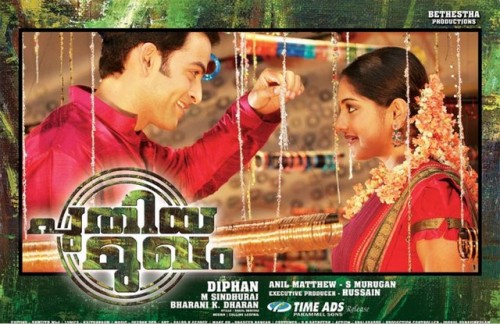
The new face
Coming back to movies, Prithviraj eloquently put in a recent interview that Malayalam cinema need to go cosmopolitan for new ideas. If you’d studied social sciences in school, you would have read that the glaring disadvantage of the caste system was that it kept 80% or more of the population from the mainstream. Their stories, their talent, their ideas were all omitted. When malayalam cinema says lack of ideas is its bane, maybe it’s time to glance at 75% of the population we ignored for the past two decades. Maybe we should collectively refocus on what we really are and what we represent. In such a new light maybe we’ll liberate our mind spaces, and celebrating freedom would make much better sense then.
[à ´¸Ã µâ€šÃ ´â€¢Ã µÃ ´·Ã µÃ ´®Ã ´®Ã ´¾Ã ´¯ à ´’à ´°Ã µ à ´Å½Ã ´¤Ã ´¿Ã ´°Ã µâ€ à ´´Ã µÃ ´¤Ã µÃ ´¤Ã µ à ´â€¦Ã ´²Ã µÃ ´². à ´’à ´°Ã µ à ´Å¡Ã µâ€ à ´±Ã ´¿Ã ´¯ à ´Å¡Ã ´¿Ã ´°Ã ´¿ : I do understand there are diverse ways of looking at our movies and the influence it has on the larger society and vice versa. The blockbuster route is just one of them. There are always exceptions. Pointing out exceptions is easy, identifying another general pattern involves some thought. Expecting thoughtful comments.]
[Photos: Sourced using Google Images. Special courtesy: Keralaforum.com]
[twitter_follow username=”brahmaprakash” count=”false” language=”en” size=”large”]


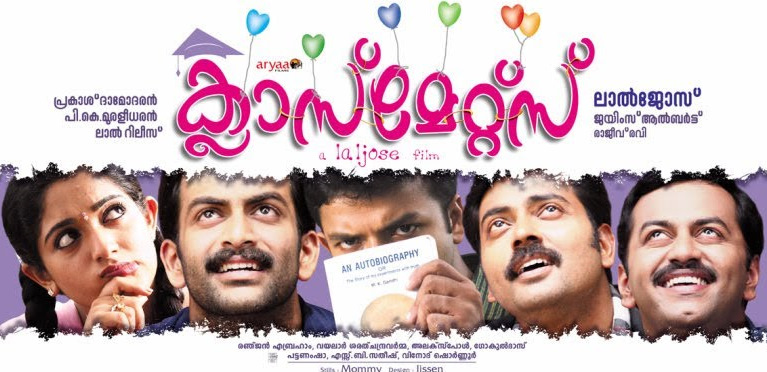
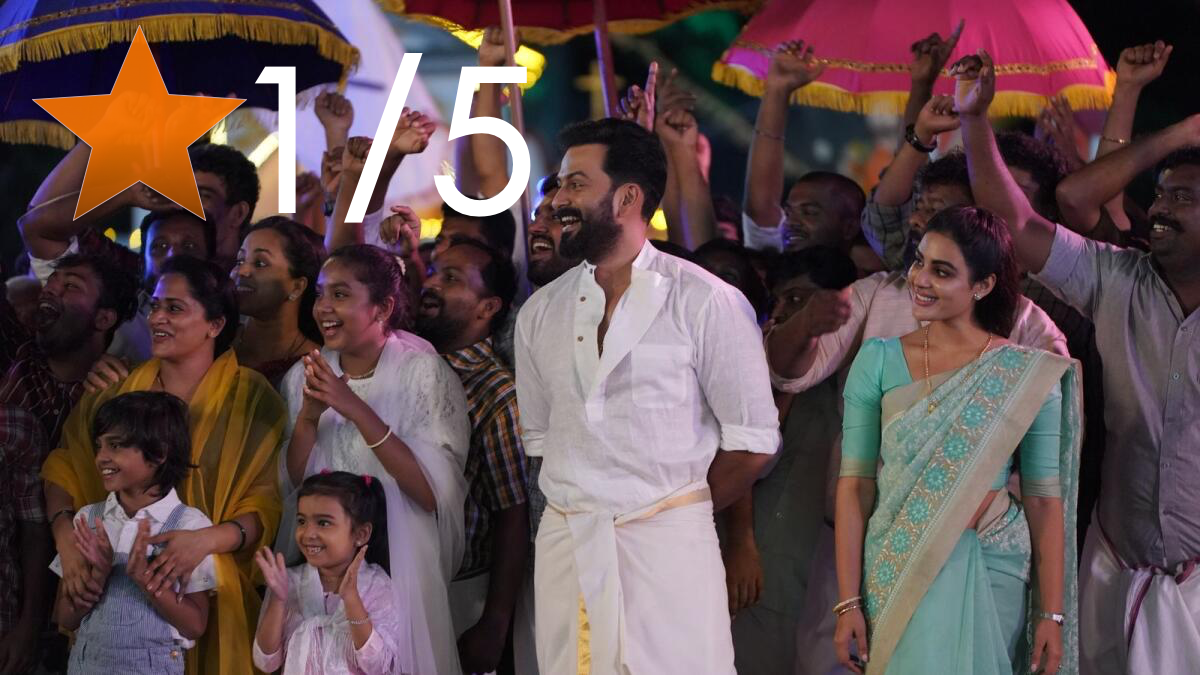

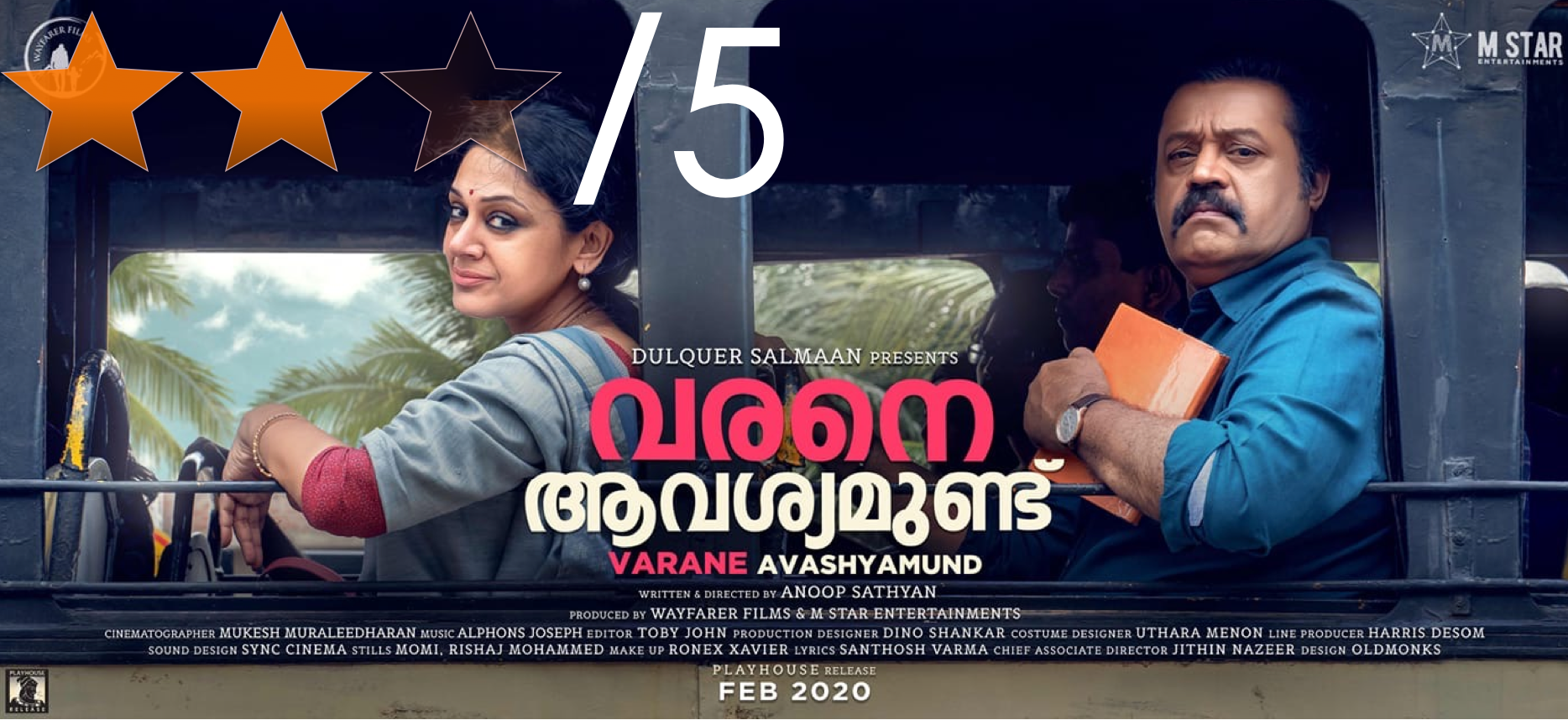
Whew man, every now and then you churn out some goddamn post like this! Adipoli 🙂
Yes, ultimately it boils down to who pulls the chords in Malayalam cinema viz producers and directors, doesn’t it? Like Priyadarshan for instance, like you said, has always been over patriotic with his own caste. Priyan consciously depicts a Nair lead role in his movies and makes sure some sort of a Nair-complimentary dialogue is inserted somewhere. I think its an obsession, like Ranji Panicker- Oxford Dictionary type. And the notable new directors have followed suit.
Also it feathers the classical stratification of our society where if you wanna portray a ‘powerful character’ (shakthamaya kadhapatram, in filmi phrase) you end up with a ‘Menon’ , ‘Pilla adheham’ or ‘Thampuran’ surnames. I think it has got to do with ‘screen impact’ like your Pajero/ Prado/ Audi example.
If you look at it in another angle you’ll also see why people want to see only ‘feudalism’, as you put it, 😀 on celluloid. Except for Meesha Madhavan and Kadha Parayumbol to an extent all the other protagonists portray the super-rich category driving Mercs and BMWs and drinking B&W and Chivas. May be it helps the ego defense mechanisms of the audience.
Lets agree to the fact that we will watch ‘Slumdog Millionaire’ only if the sayip makes the movie, so nakedly original that its quite unfathomable that a ‘sayip’ did indeed, make the movie.
PS: I was just going through the ‘hit-list’ you produced and very notable is the absence of Mahanlal movies in the past decade, the last being Ravanaprabhu. (if you don’t wanna take 20-20 as an exclusive Lal movie) Tells the story, doesn’t it?
Awesome write-up, brahma
Popular media in general and Cinema in particular have an effect on society, and vice-versa. The movies of 60s and 70s had a battle cry against divisions, dowry, caste and such. Now, our movies and society are back pedaling – On dowry, our role model now is “Bhagya Devatha”. The romantic divide that has to be crossed is one in “Aniyathipraavu” – same financial and social setup, and a small one of religion.
Not only does our current movies make a case for the changes that are needed in our society, they never admit that there are still chasms that exist in society.
How come you did not notice that none of the block busters are female centric? Doesnt that marginalize 50% of population just by gender?
@Scorpio, Couldn’t bear to watch Lalu in Shikkar. IT should do something about the roles.
@Ambili, glad you liked it.
@Vinod/Kakka, I totally agree, fault lines do not go away by ignoring them. And the female centric approach is surely an elephant in the room. What about Children’s cinema? this is the industry that produced Kummatti and Kuttichathan. I dont see a single good movie in the past decade for kids.
Stumbled on this post while looking for recent Malayalam movies. Though a Mallu, I lived out of Kerala for most of my life so this was an interesting point of view. Have you written anything else on this subject?
bvn…bhoothuncle ne maranno..hehe
à ´®Ã ´°Ã ´â€šÃ ´µÃ µâ€ à ´Å¸Ã µÃ ´Å¸Ã µÃ ´â€¢Ã ´¾Ã ´°Ã ´¨Ã µ” à ´â€¦Ã ´ªÃ µÃ ´ªÃ ´¨Ã µÃ ´±Ã µâ€ à ´®Ã ´â€¢Ã ´¨Ã µ” à ´â€¢Ã ´³Ã µÃ ´³Ã ´â€¢Ã µÃ ´â€¢Ã ´¾Ã ´Å¡Ã µÃ ´Å¡Ã µÃ ´â€¢Ã ´¾Ã ´°Ã ´¨Ã µ” à ´Ë†Ã ´ªÃ µÃ ´ªÃ ´Å¡Ã µÃ ´Å¡Ã ´¨Ã µ” à ´¸Ã ´µÃ ´°Ã µ”à ´£Ã µÃ ´£Ã ´¨Ã ´¾Ã ´¯Ã ´¿Ã ´°Ã µÃ ´¨Ã µÃ ´¨Ã ´¿Ã ´²Ã µÃ ´². à ´²Ã µâ€¡Ã ´²Ã ´â€š blockbuster à ´â€ à ´¯Ã ´¿Ã ´°Ã µÃ ´¨Ã µÃ ´¨Ã ´¿Ã ´²Ã µÃ ´¯Ã µâ€¹?
à ´²Ã µâ€¡Ã ´²Ã ´â€š à ´â€ à ´µÃ ´°Ã µ”à ´·Ã ´¤Ã µÃ ´¤Ã µâ€ à ´Ã ´±Ã µÃ ´±Ã ´µÃ µÃ ´â€š à ´µÃ ´²Ã µÃ ´¯ à ´¹Ã ´¿Ã ´±Ã µÃ ´±Ã µ”Å’ à ´Å¡Ã ´¿Ã ´¤Ã µÃ ´°Ã ´â€š à ´â€ à ´¯Ã ´¿Ã ´°Ã µÃ ´¨Ã µÃ ´¨Ã ´¿Ã ´²Ã µÃ ´² à ´Å½Ã ´¨Ã µÃ ´¨Ã ´¾Ã ´£Ã µ à ´â€°Ã ´¦Ã µâ€¡Ã ´¶Ã ´¿Ã ´Å¡Ã µÃ ´Å¡Ã ´¤Ã µ”Å’ . à ´â€¢Ã ´³Ã µÃ ´³ à ´â€¢Ã ´¾Ã ´Å¡Ã µÃ ´Å¡Ã µÃ ´â€¢Ã ´¾Ã ´°Ã ´¨Ã µ” à ´¸Ã ´µÃ ´°Ã µ”à ´£Ã ´¨Ã ´¾Ã ´µÃ ´¾Ã ´â€š.
Good one. I appreciate your courage to speak out the truth. Thank you 🙂